Scientists found cocaine in 13 Brazilian sharpnose sharks. All tested sharks had high levels in their muscles and livers. This discovery raises concerns about drug contamination in marine ecosystems.
What other marine species might be affected by this unexpected pollutant?
Did you know? The Brazilian sharpnose shark typically grows to only 2.6 feet in length.
Drug Source: Urban Runoff or Smugglers?
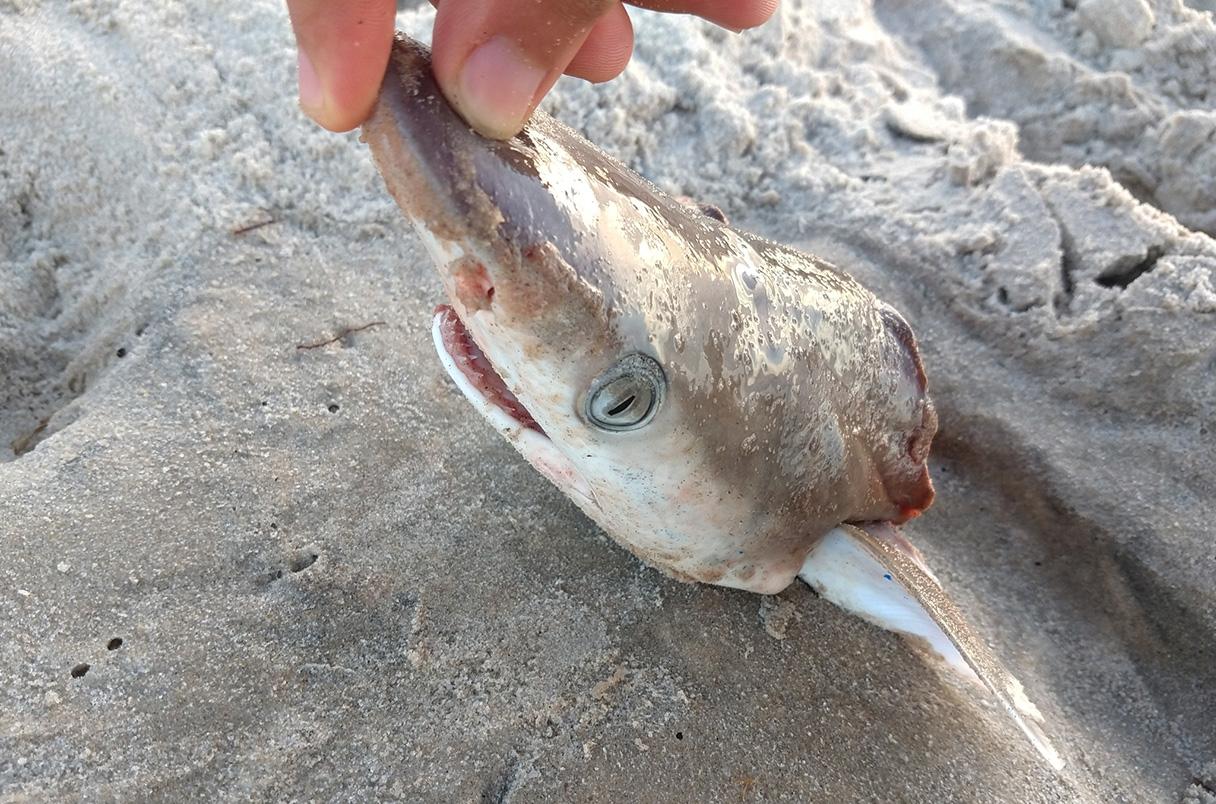
Researchers believe cocaine enters marine environments through urban runoff. Untreated sewage and illegal lab drainage contribute to contamination.
Some speculate sharks might consume dumped drug packages. Could this discovery expose a new route in the global drug trade?
Stat: Brazil seized 106 tons of cocaine in 2022, a 20% increase from the previous year.
Chronic Exposure Alarms Marine Biologists
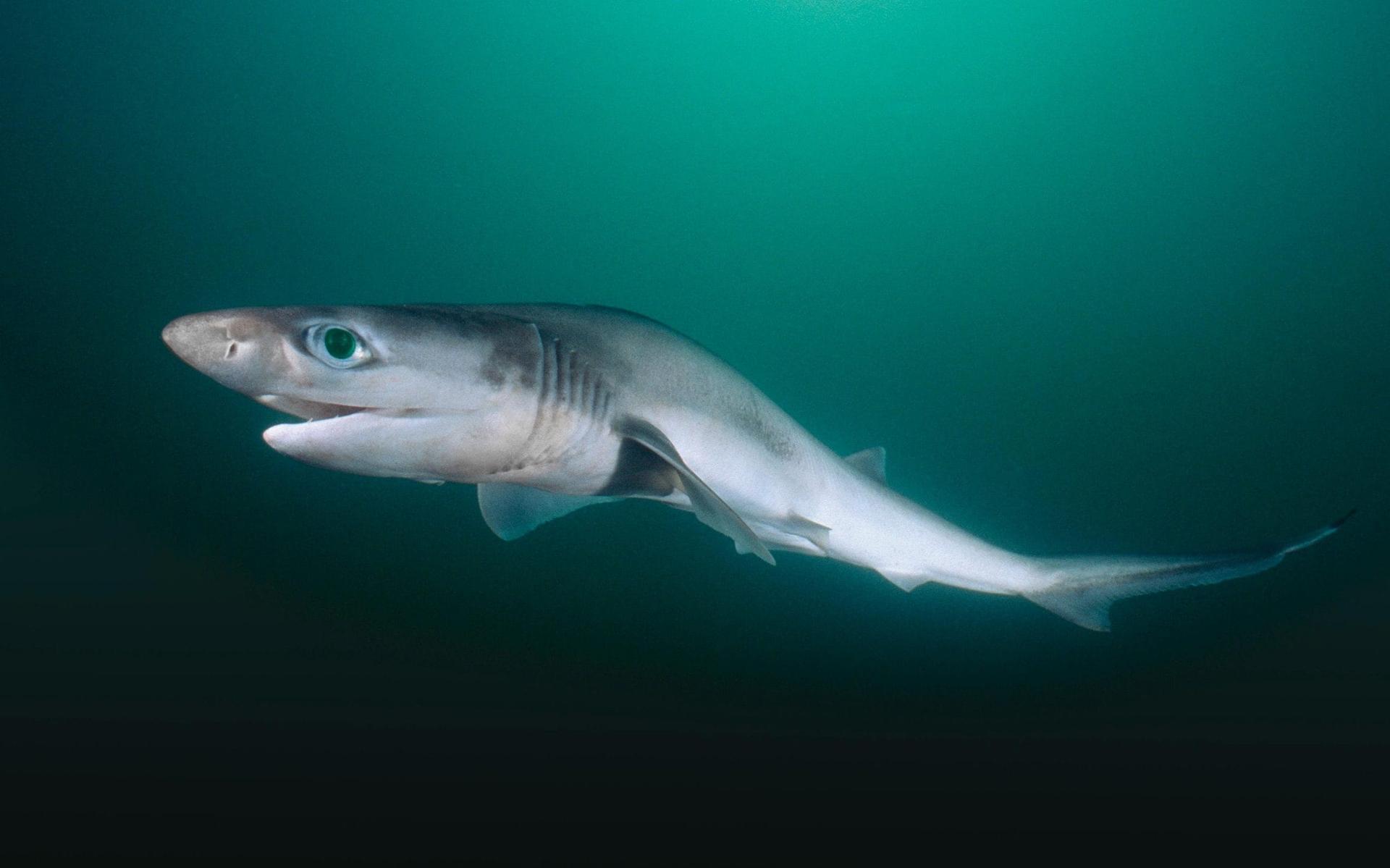
Scientists warn of chronic cocaine exposure in Rio’s coastal waters. Human drug use directly impacts marine life. The study reveals an unexpected link between urban activities and ocean health.
How deep does this contamination go in the food chain?
Historical fact: Cocaine was first isolated from coca leaves in 1860 by Albert Niemann.
Unprecedented Cocaine Concentrations in Sharks

Sharks showed cocaine levels 100 times higher than other marine animals. This concentration surpasses previous records in marine life studies.
Researchers describe these findings as “worrying” for ecosystems. What unforeseen consequences might this level of contamination bring?
Potential Behavioral Changes in Sharks
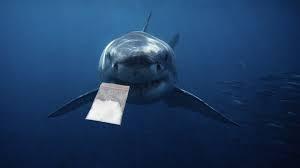
Scientists speculate about cocaine’s effects on shark behavior. Hyperactivity and erratic behavior are possible outcomes. These changes could alter feeding patterns and aggression levels.
Could ‘cocaine sharks’ pose a new threat to marine balance?
Did you know? Sharks have been around for over 450 million years, predating dinosaurs.
Eyesight Damage: A Threat to Survival
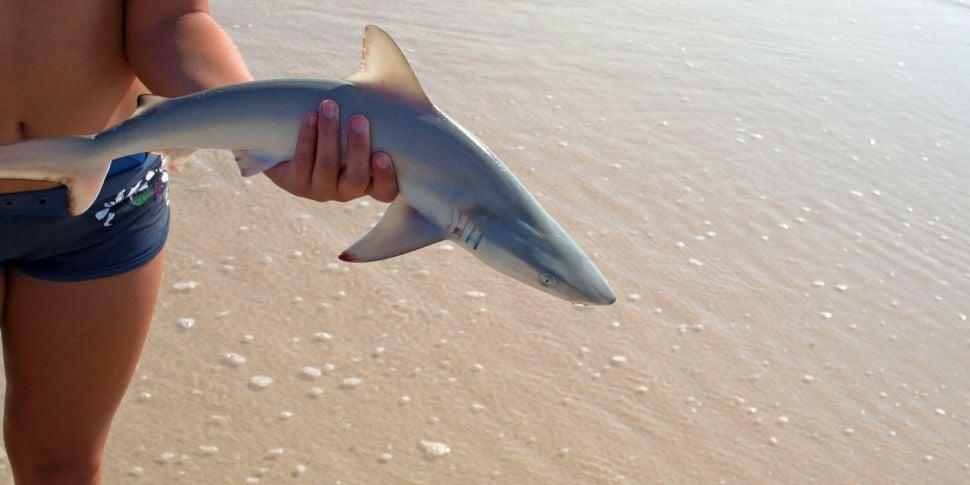
Cocaine may damage sharks’ eyesight, affecting hunting abilities. Reduced visual acuity could impact their survival rates. Scientists worry about potential decreases in fecundity and growth.
How might this affect the entire marine food web?
Stat: Sharks can detect one part of blood in 100 million parts of water.
Ecosystem-wide Implications of Drug Pollution
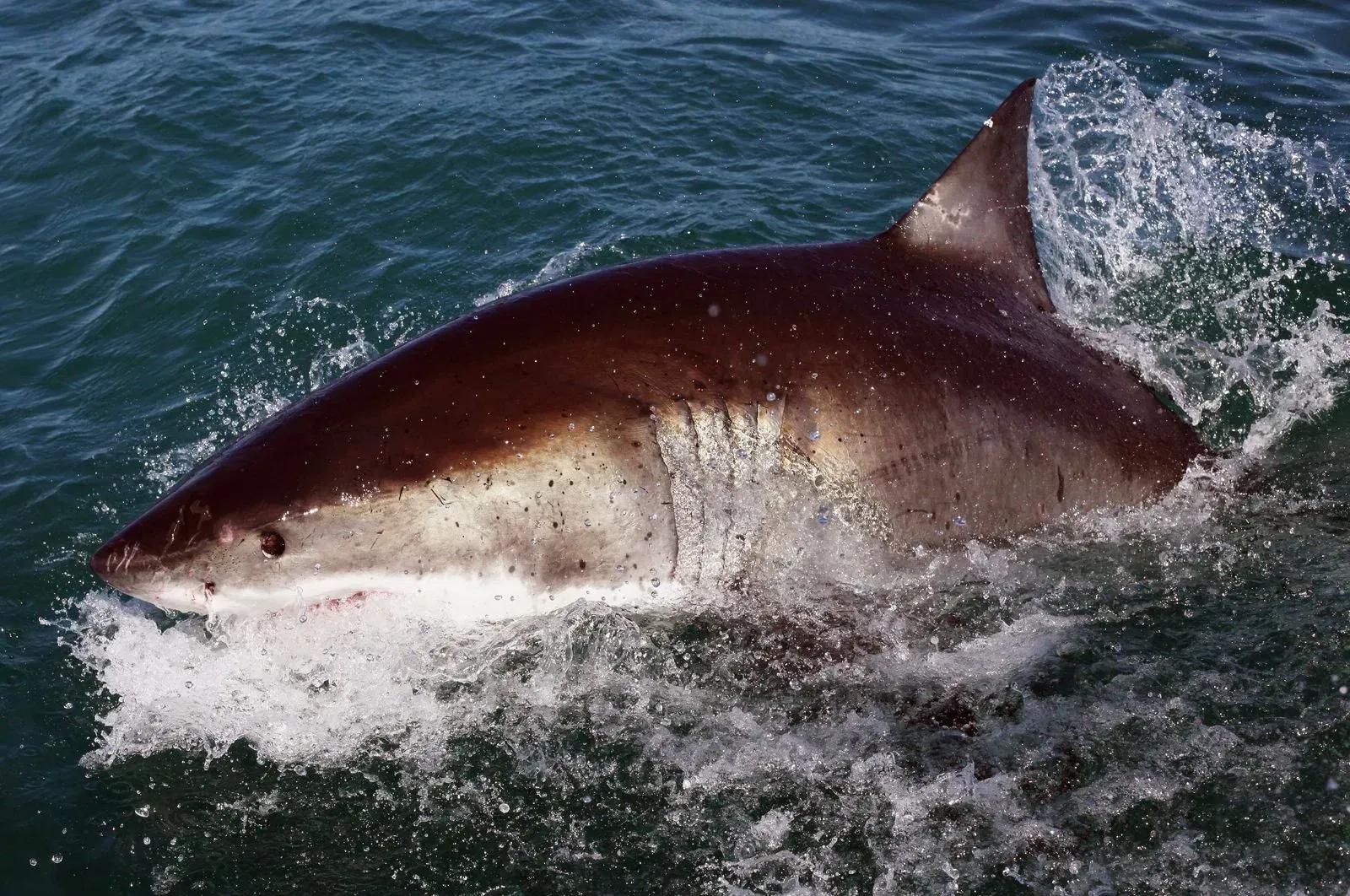
The cocaine discovery represents broader pollution issues worldwide. Various chemicals, from drugs to pesticides, enter marine environments.
These pollutants can have far-reaching effects on ecosystems. What other hidden pollutants might be lurking in our oceans?
‘Cocaine Sharks’: From Fiction to Reality?
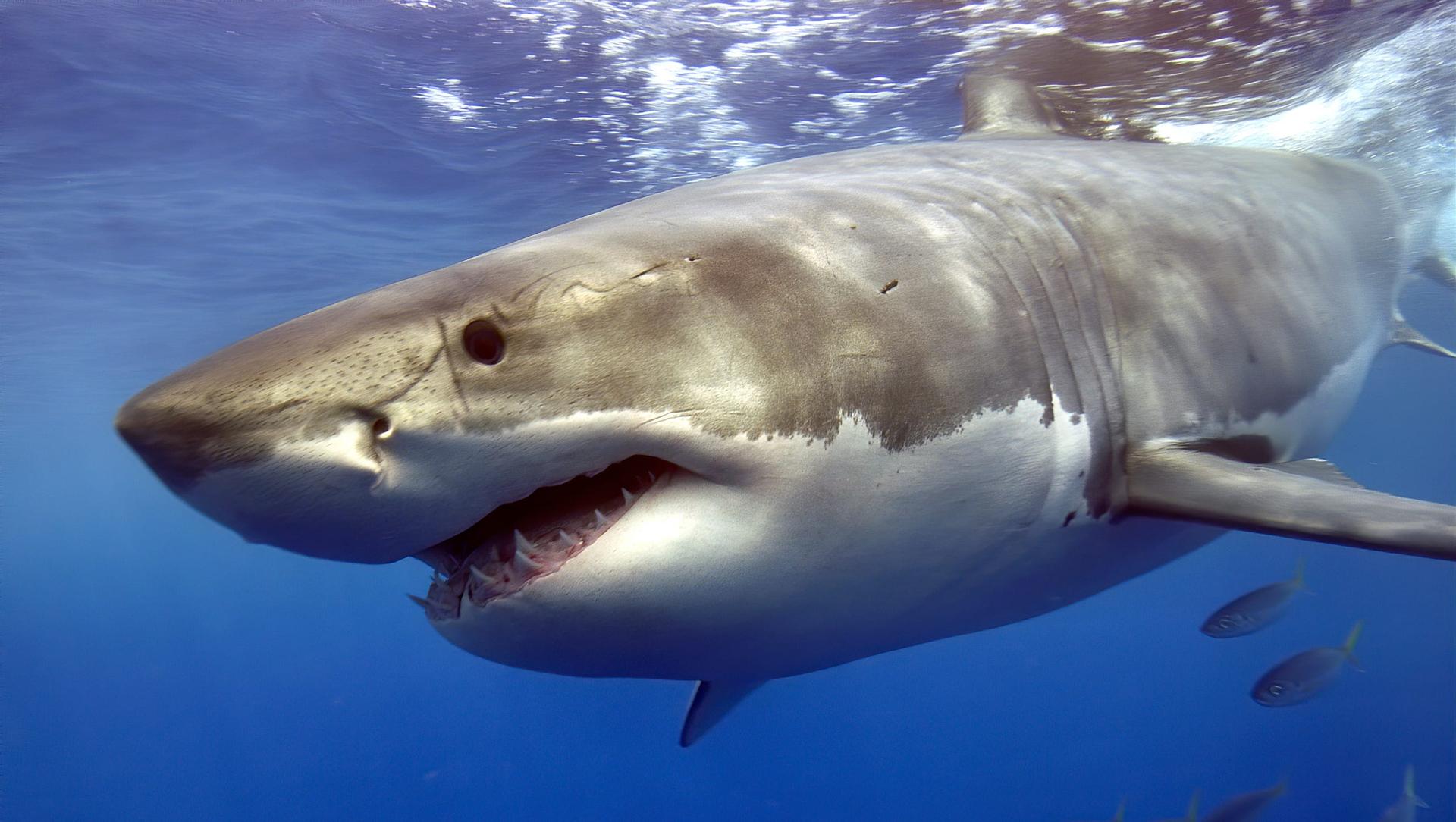
The Discovery Channel explored cocaine’s impact on sharks in the Gulf of Mexico. This new study provides scientific evidence for the phenomenon.
Reality seems to be catching up with sensational headlines. What other drug-related marine mysteries await discovery?
Historical fact: The first documented shark attack occurred in 1749 in Havana, Cuba.
Global Challenge: Chemical Pollution Control
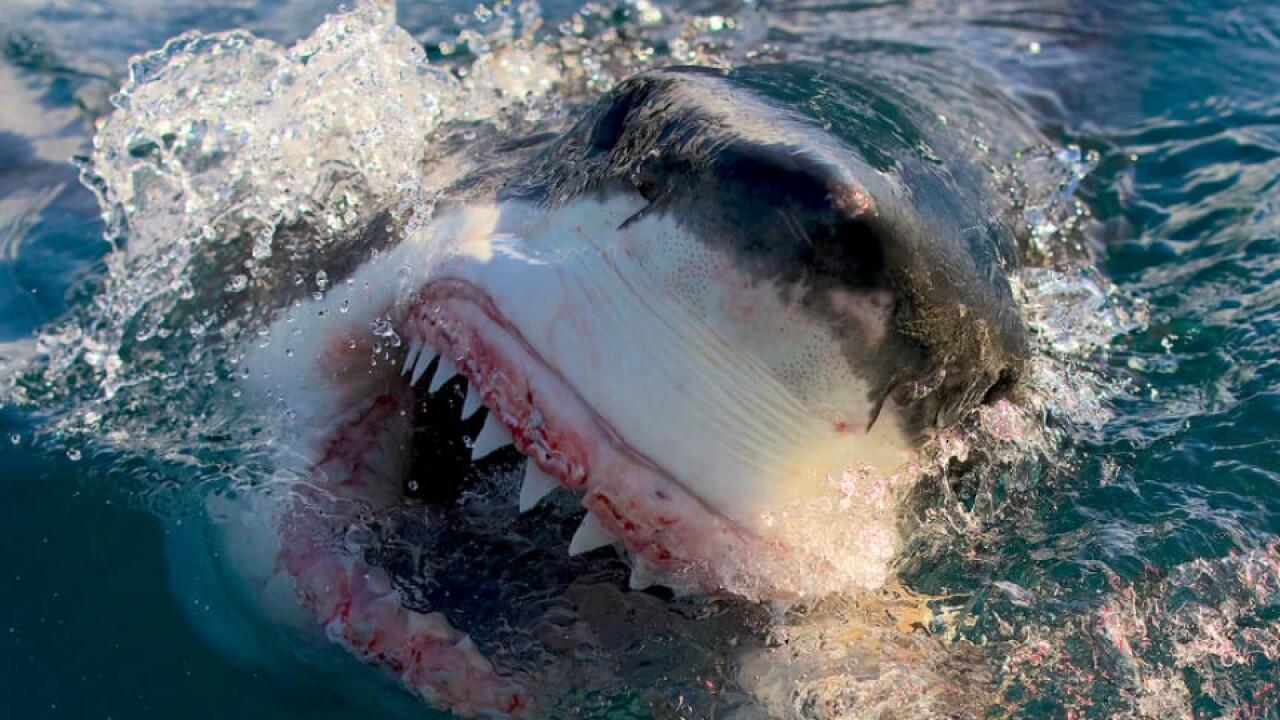
The study highlights the need for better chemical pollution control. Urban waste management plays a crucial role in ocean health.
International cooperation may be necessary to address this issue. Can we stem the tide of chemical pollution before it’s too late?
Long-term Effects Remain Unknown
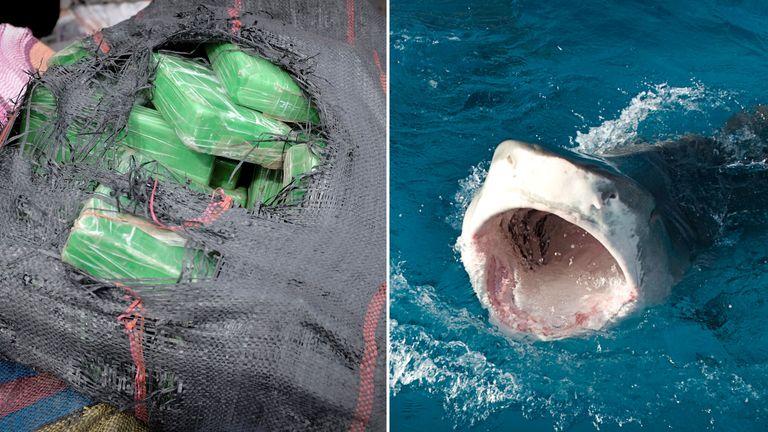
Scientists cannot yet predict long-term effects on shark populations. Reduced life expectancy is a potential outcome. Further studies are needed to understand the full impact.
What surprises might long-term research reveal?
Did you know? Some shark species must swim constantly to breathe, while others can rest on the ocean floor.


